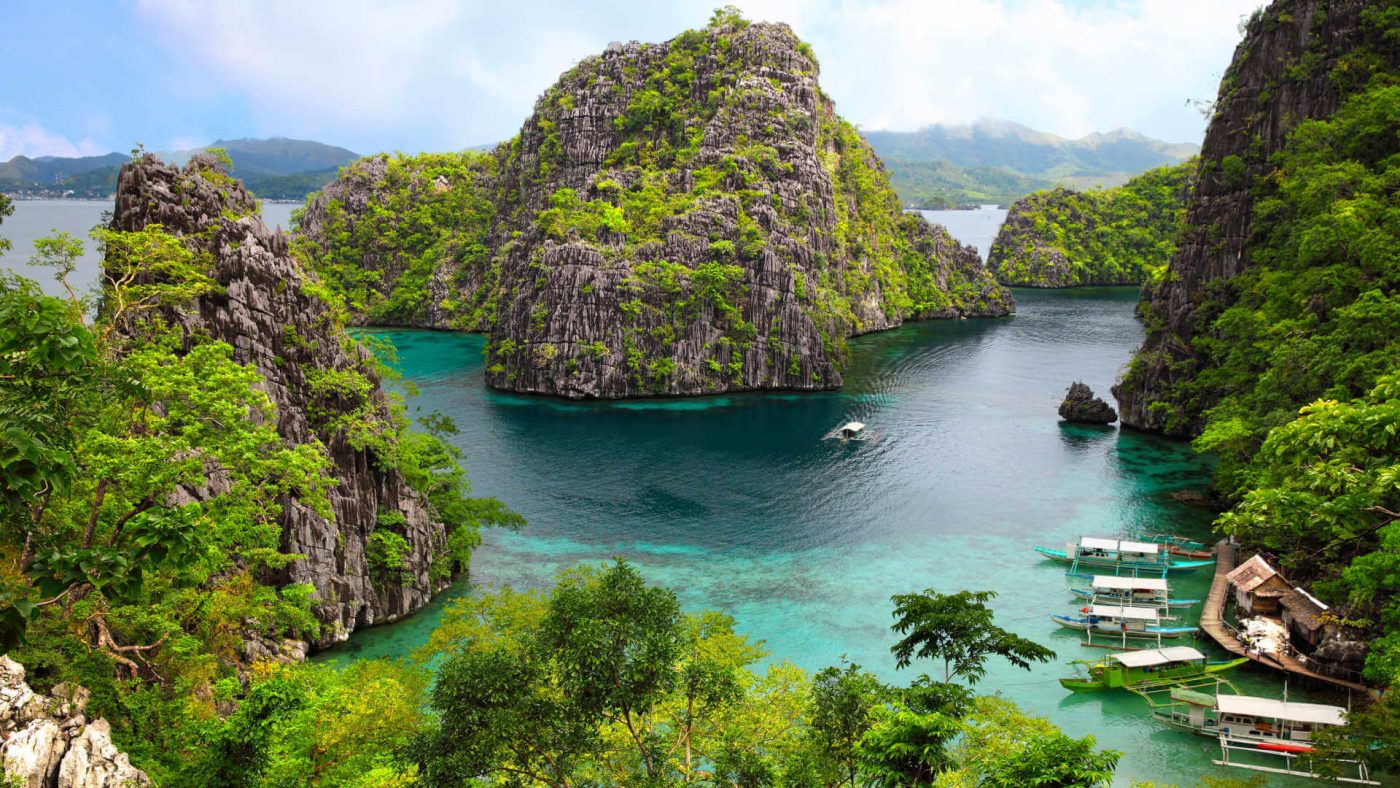Located in the Pacific Ring of Fire and in the path of typhoons, the Philippines is subject to various natural hazards such as strong typhoons, earthquakes and volcanic eruptions. In this article, we will look at the major natural hazards in the Philippines and their and https://lingvanex.com/translation/english-to-tagalog impact on people’s lives and the environment.
Typhoons: The Philippines is subject to strong tropical cyclones known as typhoons, which usually form in the warm waters of the Pacific Ocean. The country can experience up to 20 typhoons a year, with the strongest ones causing devastating flooding, landslides, and high winds. Typhoons can also cause significant losses of agricultural land and infrastructure.
Earthquakes: The Philippines is located in the Pacific Ring of Fire, making it susceptible to earthquakes of varying intensity. Earthquakes can destroy buildings and infrastructure and cause dangerous landslides and tsunamis.
Volcanic activity: There are more than 20 active volcanoes in the Philippines. Volcanic eruptions can result in ash emissions, lava flows, and pyroclastic flows that can pose a danger to the public and the environment. The January 2020 eruption of Taal volcano is one of the latest examples of volcanic hazards.
Floods and landslides: Because of its tropical climate and intense rainfall, especially during the typhoon season, the Philippines is prone to floods and landslides. These phenomena can cause significant property damage and threaten human life. In particular, landslides can be caused by earthquakes, prolonged rainfall, or human activities such as uncontrolled logging and illegal construction on mountainsides.
Tsunamis: The Philippines is also in a region at risk of tsunamis caused by underwater earthquakes or volcanic eruptions. Tsunamis can quickly roll up the coast, causing destruction and enormous loss of life and property including https://lingvanex.com/translation/english-to-korean.
Dryness and Drought: Some regions of the Philippines have periodic problems with drought and dryness due to climate change and uneven distribution of rainfall. Drought can negatively affect water resources, agriculture and electricity production.
To cope with these natural hazards, the Philippine government and international organizations are actively working to prevent and mitigate the effects of natural disasters. Various measures, such as early warning systems, construction of disaster-resilient infrastructure, and training of local communities in basic safety and emergency preparedness, are being implemented.

